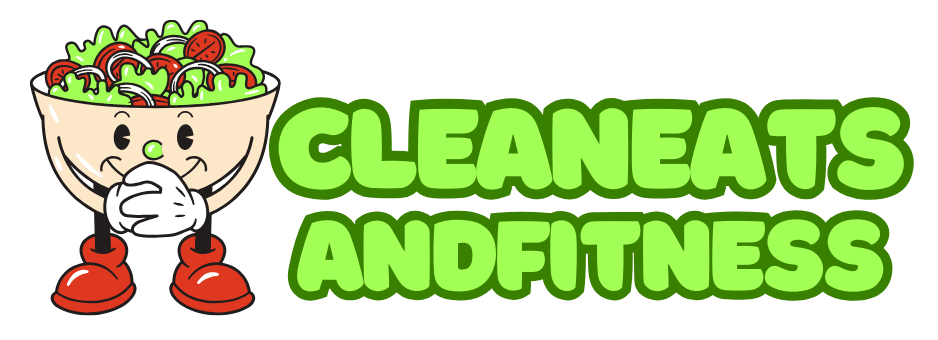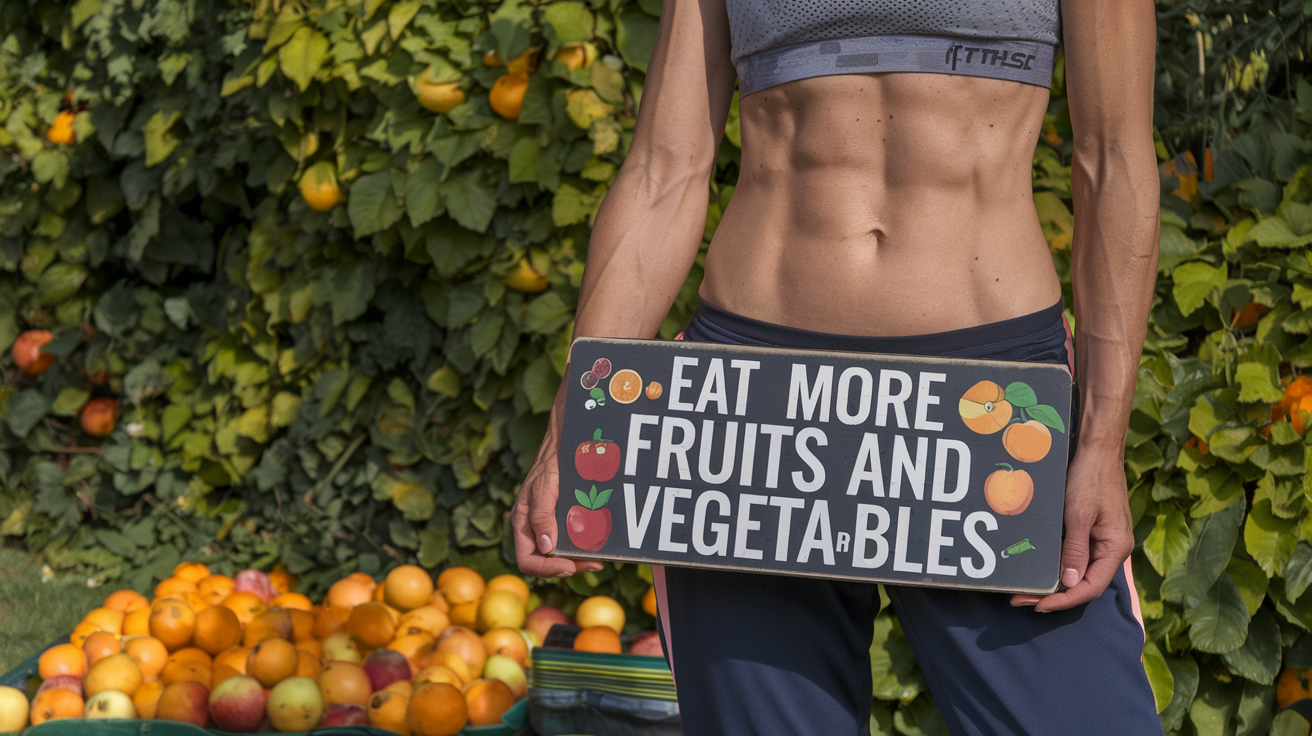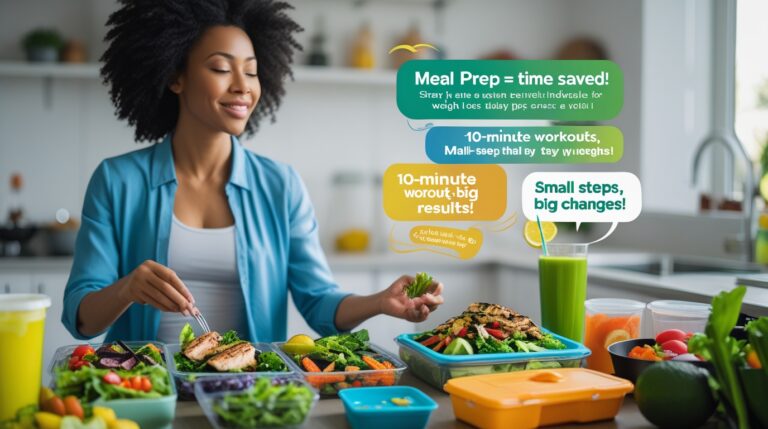Must-Know Weight Loss Tips for Beginners
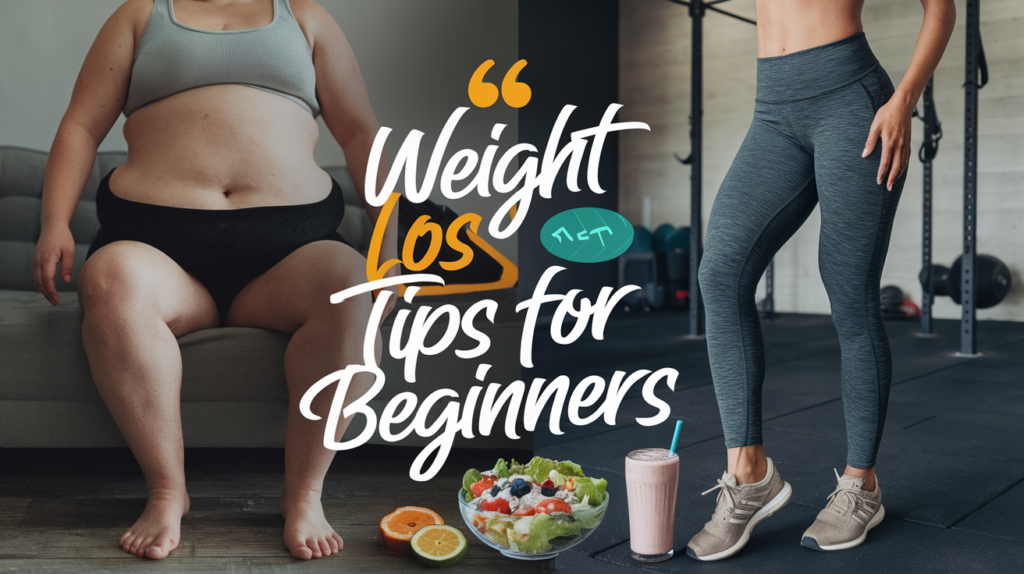
Losing weight can seem daunting, but it doesn’t have to be. With so much info out there, it’s easy to get lost. The truth is, losing weight is simple when you focus on easy, lasting habits.
This guide is for those just starting out. It covers everything you need to know about losing weight. Whether you want to lose a few pounds or make big changes, these tips will guide you.
Why Weight Loss Matters
Understanding why weight loss is important is key. Carrying extra weight can lead to serious health problems. These include:
- Heart Disease: Extra weight can strain your heart, increasing risks of high blood pressure, stroke, and heart attacks.
- Type 2 Diabetes: Being overweight can cause insulin resistance and diabetes.
- Joint Problems: Extra weight can hurt your joints, leading to pain and conditions like arthritis.
- Low Energy: Carrying extra weight can make you feel tired and sluggish.
- Mental Health: Struggling with weight can hurt your self-esteem and lead to anxiety or depression.
By losing weight, you can lower these risks, feel more energetic, and boost your confidence.
Understanding Weight Loss Basics
Weight loss is about burning more calories than you eat. This is called a calorie deficit. It’s not just about eating less. It’s about making smart choices and building lasting habits.
Key Concepts to Know:
- Calories In vs. Calories Out: To lose weight, you need to eat fewer calories than your body burns.
- Metabolism: Your body’s ability to turn food into energy. A faster metabolism helps you burn more calories.
- Macronutrients: The three main nutrients your body needs—protein, carbohydrates, and fats. Balancing these is key to weight loss.
- Portion Control: Eating the right amount of food, even healthy foods, is important for weight loss.
Must-Know Weight Loss Tips for Beginners
Now that you know the basics, let’s get to the practical tips. These will help you lose weight effectively and keep it off.
1. Set Realistic Goals
Setting unrealistic goals is a common mistake. Losing 20 pounds in a month is not healthy or sustainable. Aim for 1-2 pounds per week, which is safe and achievable.
- SMART Goals: Make your goals Specific, Measurable, Achievable, Relevant, and Time-bound. For example, “I will lose 10 pounds in 2 months by exercising 4 times a week and eating more vegetables.”
2. Track Your Food Intake
Tracking what you eat helps you spot patterns and make better choices. Use a food diary or apps like MyFitnessPal to log your meals and snacks.
- Benefits of Tracking:
- Helps you stay within your calorie limit.
- Makes you more aware of portion sizes.
- Identifies hidden calories (e.g., sugary drinks, snacks).
3. Focus on Whole, Nutrient-Dense Foods
Not all calories are the same. Choose foods that are full of nutrients but have fewer calories. Look for:
- Vegetables: Spinach, broccoli, carrots, and bell peppers.
- Fruits: Apples, berries, oranges, and bananas.
- Lean Proteins: Chicken, turkey, fish, tofu, and legumes.
- Whole Grains: Brown rice, quinoa, oats, and whole-wheat bread.
- Healthy Fats: Avocados, nuts, seeds, and olive oil.
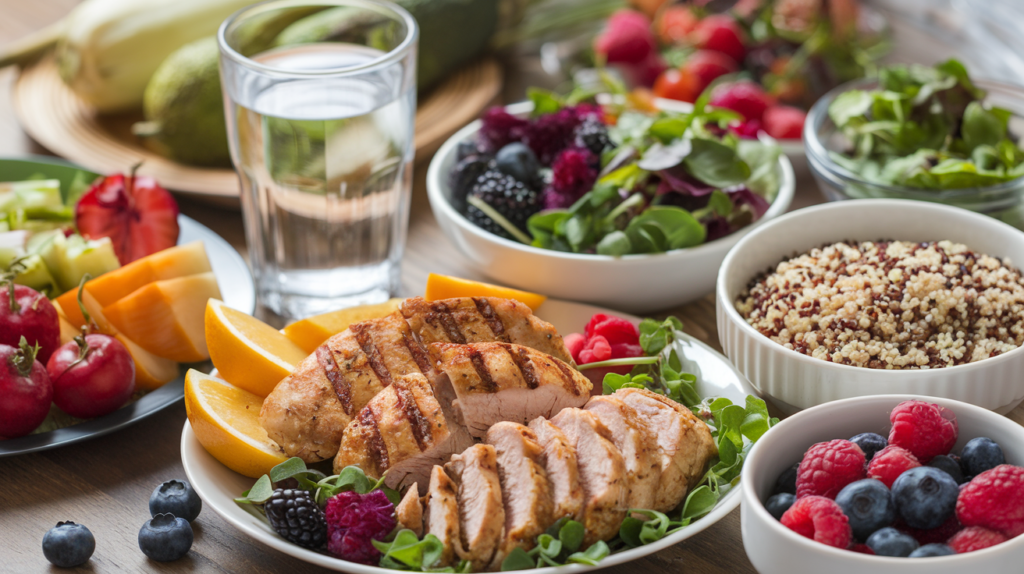
4. Cut Back on Sugary Drinks
Sugary drinks like soda and sweetened coffee add lots of empty calories. Switch to:
- Water: The best choice for staying hydrated.
- Herbal Tea: A calorie-free drink with health benefits.
- Sparkling Water: A fizzy, sugar-free option.
5. Practice Portion Control
Even healthy foods can cause weight gain if eaten in excess. Here’s how to control your portions:
- Use Smaller Plates: It makes you feel like you’re eating more.
- Measure Servings: Use cups or a food scale to avoid overeating.
- Eat Slowly: It takes about 20 minutes for your brain to feel full.
6. Incorporate Physical Activity
Exercise is key for weight loss. It burns calories, builds muscle, and boosts your metabolism. Start with these easy activities:
- Walking: A low-impact way to get moving. Aim for 30 minutes a day.
- Strength Training: Builds muscle, which burns more calories at rest.
- Yoga: Improves flexibility and reduces stress.
7. Get Enough Sleep
Sleep is vital for weight loss. Poor sleep can make you hungry and eat more. Aim for 7-9 hours of quality sleep per night.
- Tips for Better Sleep:
- Stick to a consistent sleep schedule.
- Avoid screens before bed.
- Create a relaxing bedtime routine.
8. Stay Hydrated
Drinking enough water helps you feel full and reduces cravings. It also supports your metabolism and health.
- How Much Water? Aim for at least 8 cups (64 ounces) per day, or more if you’re active.
9. Avoid Fad Diets
Fad diets promise quick results but are often unhealthy. Focus on a balanced, long-term eating plan instead.
- Examples of Fad Diets to Avoid:
- Juice cleanses.
- Extreme low-carb diets.
- Detox teas or supplements.

10. Manage Stress
Stress can make you eat more and gain weight. Try these stress-reducing activities:
- Meditation: It calms your mind and lowers stress.
- Deep Breathing: It’s a quick way to relax when stressed.
- Hobbies: Doing things you love can distract you from stress.
Common Weight Loss Mistakes to Avoid
Even with good intentions, beginners often make mistakes. Here are some common ones:
- Skipping Meals: Skipping meals can slow your metabolism and make you eat more later.
- Overdoing Cardio: Too much cardio can burn you out or make you lose muscle.
- Ignoring Strength Training: Building muscle helps you burn calories even when you’re not moving.
- Not Eating Enough Protein: Protein keeps you full and helps repair muscles.
- Giving Up Too Soon: Losing weight takes time and effort. Don’t get discouraged by slow progress.
Sample Beginner Weight Loss Plan
Here’s a simple 7-day plan to get you started:
Day 1:
- Breakfast: Greek yogurt with berries and honey.
- Lunch: Grilled chicken salad with olive oil dressing.
- Dinner: Baked salmon with quinoa and broccoli.
- Snack: A handful of almonds.
Day 2:
- Breakfast: Oatmeal with bananas and cinnamon.
- Lunch: Turkey and avocado wrap with baby carrots.
- Dinner: Stir-fried tofu with brown rice and veggies.
- Snack: Apple slices with peanut butter.
Day 3:
- Breakfast: Scrambled eggs with spinach and whole-grain toast.
- Lunch: Lentil soup with whole-grain crackers.
- Dinner: Grilled shrimp with zucchini noodles and marinara.
- Snack: A small handful of trail mix.
(Keep going with this pattern for Days 4-7, mixing meals to keep it interesting.)
Final Thoughts
Weight loss is a journey, not a race. Focus on small, lasting changes for your goals. It’s about progress, not perfection.
Start with these tips for beginners. Don’t hesitate to ask for help from loved ones or a healthcare expert. With patience and consistency, you’ll reach a healthier, happier you.
